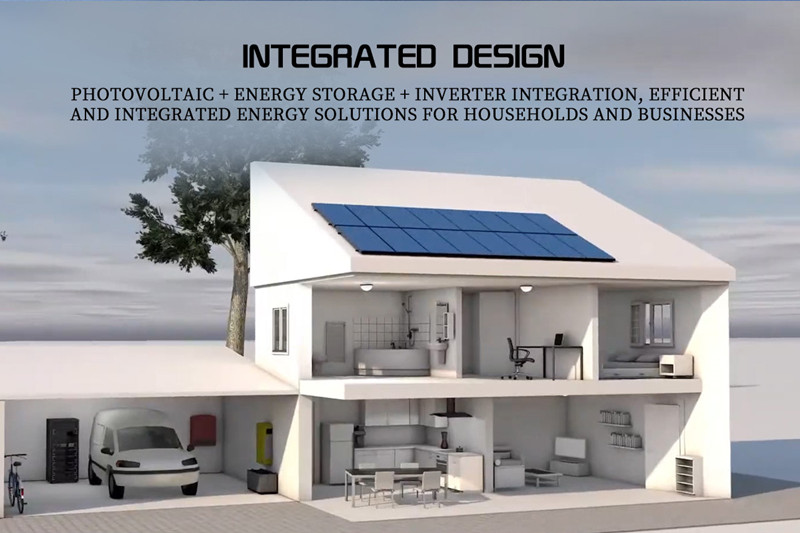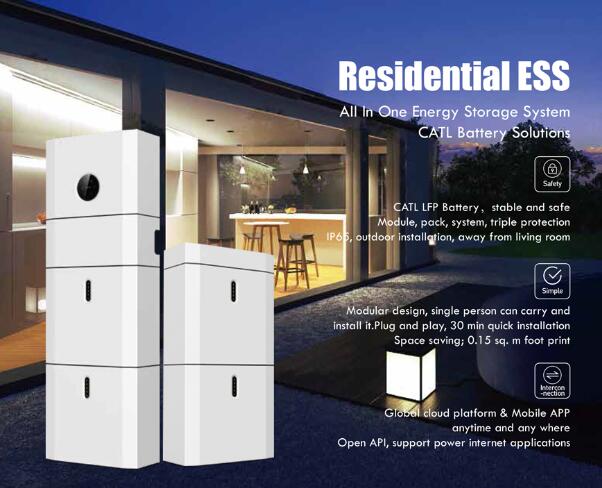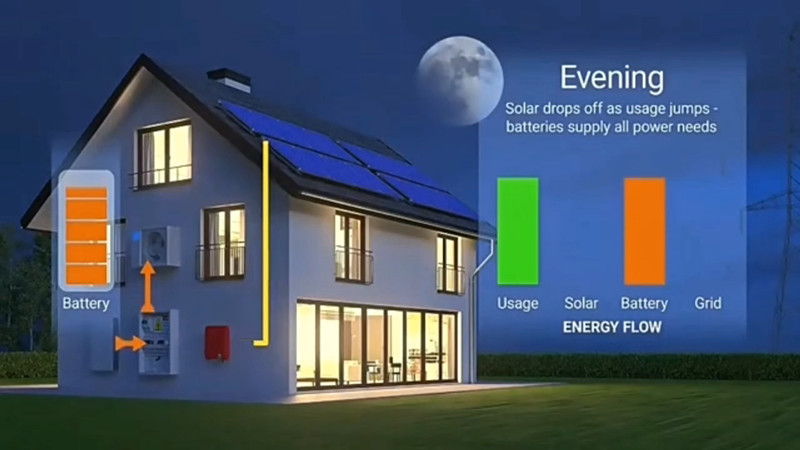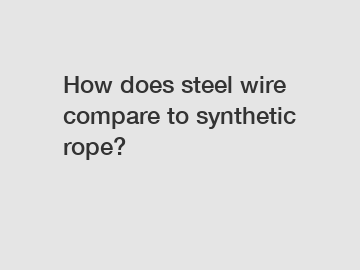What Is Energy Storage System(ESS)?
An Energy Storage System (ESS) is a technology that captures and stores energy for later use. It plays a crucial role in modern energy management by addressing the intermittent nature of renewable energy sources and optimizing energy consumption.
Dongguan Nalesa Technology Limited is a leading OEM manufacturer specializing in Energy Storage System (ESS) solutions. With a commitment to innovative technology and tailored OEM solutions, we provide manufacturers with cutting-edge energy storage solutions for diverse applications. For inquiries and collaboration opportunities, please feel free to contact us.
Key Components of an Energy Storage System:
● Storage Medium: ESS typically involves storing energy in various forms such as electrical, chemical, thermal, or mechanical energy. Common storage mediums include batteries, capacitors, flywheels, and thermal storage systems.
● Charging and Discharging Mechanism: The system allows for the storage of excess energy during periods of low demand or high renewable energy generation. This stored energy can then be discharged when demand is high or when renewable sources are not actively generating power.
● Inverter: An inverter is a crucial component that converts the stored energy from its original form (such as DC for batteries) to the required AC (alternating current) for use in homes, businesses, or the electrical grid.
● Control System: ESS is equipped with a control system that monitors and manages the charging and discharging processes. It ensures the efficient use of stored energy, preventing overcharging or discharging beyond safe limits.
How Do Energy Storage Systems Work?
ESS utilize various technologies to store and release energy efficiently:
1. Battery Storage: One of the most common forms of ESS involves rechargeable batteries, such as lithium-ion batteries. These batteries store excess electricity when it's abundant and release it when needed.
2. Flywheel Systems: Flywheels store energy in the form of kinetic energy by spinning rapidly. When energy is required, the flywheel's rotational energy is converted back into electricity.
3. Pumped Hydro Storage: This method stores energy by pumping water to a higher elevation reservoir when excess electricity is available and releasing it through turbines to generate electricity when demand is high.
4. Thermal Storage: ESS can store energy in the form of heat or cold using technologies like molten salt or phase change materials. This stored thermal energy can then be converted back into electricity or used for heating and cooling purposes.
5. Supercapacitors: Supercapacitors store and release energy rapidly, making them suitable for applications requiring quick bursts of power.
Applications of Energy Storage Systems:
1.For commercial and industrial users, there are several applications:
◎ Peak shaving, or the ability to manage energy demand to avoid a sudden short term spike in consumption.
◎ Load shifting, which allows businesses to shift their energy consumption from one time period to another, by tapping the battery when energy costs more.
◎ Flexibility, whereby customers can reduce their site’s grid demand at critical times – without changing their electricity consumption. Energy storage therefore makes it a lot easier to participate in a Demand Response program and save on energy costs.
◎ Microgrids rely on batteries as a key component, because these grids need energy storage to enable them to disconnect from the main electricity grid when needed.
◎ Integration with renewable energy sources, since batteries guarantee a smooth and continuous electricity flow in the absence of the availability of power from renewables.
2.Residential users benefit from battery storage applications by:
◎ Self consumption, since residential users can produce solar energy during the daylight hours and then run their appliances at home at night
◎ Emergency backup in the event of a blackout
◎ Going off the grid, or detaching completely from an electrical or energy utility
Nalesa specializes in the design and manufacturing of Energy Storage Systems (ESS). As an OEM solution manufacturer, we offer customized solutions to meet diverse energy storage needs. For inquiries and further information, please feel free to contact us.
Benefits of Energy Storage Systems
There are definitive advantages when it comes to energy storage systems -from actively managing mismatches between electricity supply and demand to enhancing grid resilience.
Related links:How Wall-Mounted Charging Piles Promote Sustainable Transportation?
LiFePO4 vs. Other Lithium Batteries: Why 100Ah Cells Stand Out
Customized EV Charging Piles: Powering a Greener Future
Unlocking Solar Power Potential: The Advantages of 36 Cell Solar Panels
22kW Three-Phase EV Charging - Is It Worth It?
What is a lithium battery used for?
Ultimate Guide to Using Strand Tie Wire
ESS benefts include but are not limited to the fllowing:
● Ensure reliability of critical services
● Increase facility flexibility
● Increase interdependent network resilience
● Meet load during periods of peak demand
● Prepare the grid for EV charging (fast)
● Serve remote communities
In recent years, there has been a stronger focus on energy storage solutions like stationary storage to enhance grid reliability, resilience, and demand management.
The Importance of Energy Storage Systems
ESS play a pivotal role in modern energy systems for several reasons:
· Renewable Energy Integration: ESS enable the efficient integration of intermittent renewable energy sources like solar and wind into the grid, ensuring a stable and reliable power supply.
· Grid Stability: These systems help maintain grid stability by providing rapid response to fluctuations in energy supply and demand.
· Peak Shaving: ESS can reduce electricity costs by storing energy during off-peak hours and releasing it during peak demand, thus avoiding expensive peak-time tariffs.
· Emergency Backup: They serve as backup power sources during grid outages, ensuring critical infrastructure remains operational.
· Carbon Reduction: By optimizing energy use and reducing the need for fossil fuel-based backup generators, ESS contribute to reducing carbon emissions.
Energy Storage Systems are the linchpin of a sustainable and resilient energy future. Their ability to store and manage electricity efficiently not only supports the integration of renewable energy but also enhances grid stability and reduces environmental impact. As we continue our journey towards a more sustainable energy landscape, Energy Storage Systems will remain at the forefront of innovation, shaping the way we generate, store, and consume energy. If you're interested in learning more about Energy Storage Systems or considering their implementation, please don't hesitate to reach out. Together, we can power a brighter and more sustainable future.
Nalesa is a leading OEM manufacturer specializing in Energy Storage System (ESS) solutions. As a reliable and innovative manufacturer, we offer customized ESS solutions tailored to your specific needs. For inquiries or collaboration opportunities, please feel free to contact us.
What Is Energy Storage System(ESS)?
Related links:Revolutionizing Construction: The Future of Custom I Beams?
What are the elevators on a drilling rig?
What is the use of steel wire rope?
Exploring the Strength of Construction Steel Wires
Can High Tensile Wire Rope Replace Chains for Heavy-Duty Applications?
Ultimate Guide to Cargo Lifting Slings
Energy
318
0
0
Related Articles
-
226
0
0
-
205
0
0
-
182
0
0
-
179
0
0
-
What are the different types of tie down straps?
When it comes to securing your cargo during transportation, tie down straps are an essential tool.
202
0
0
-
191
0
0
-
190
0
0
-
175
0
0











Comments
All Comments (0)